AARP Hearing Center

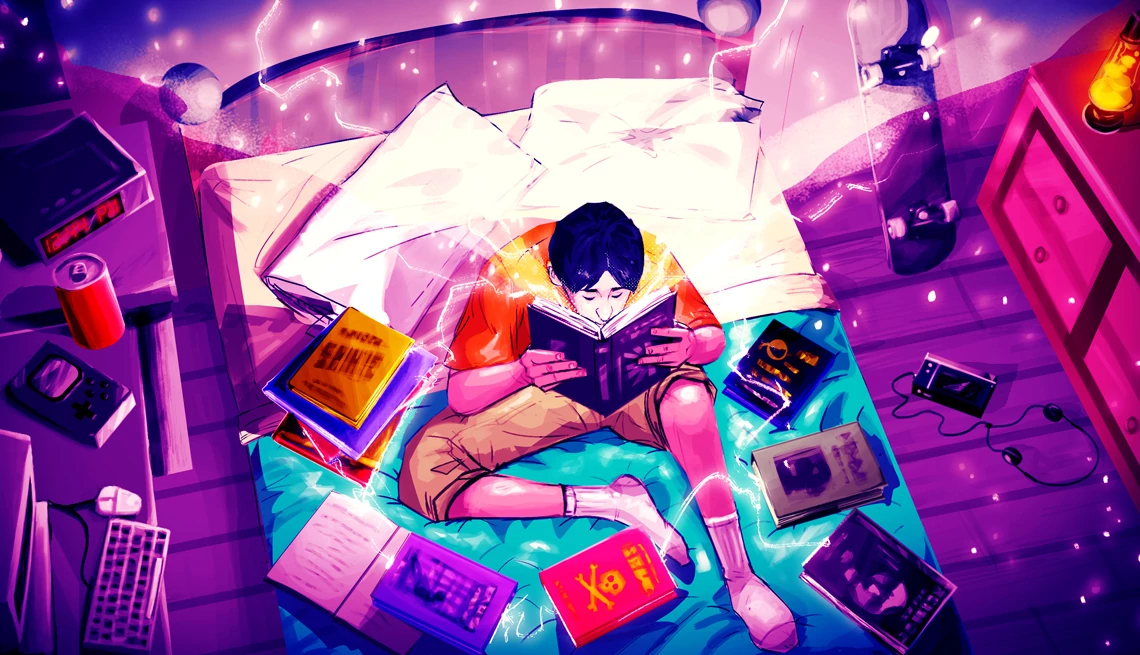
Settling on 75 books essential to the Gen X experience meant plenty of amazing books had to be left off the list, because this isn’t a list of the “best” books. Rather, it’s a compendium of works that helped shape the way Gen X views the world, how we process information, where our logic base comes from and, finally, how we see ourselves. We consulted our friends, our colleagues, strangers on the street and actual book experts to cull this list. But that doesn’t mean it’s definitive — it surely is not, reading being a highly subjective experience — however, it is exhaustive.
The first 65 books are listed chronologically, so you’ll see the arrival and departure of trends and reading habits and might just get a sense of how we as Americans consume literature.
And then we leave you with the Top 10 books overall, the texts that have stayed with Gen X the longest or tested our mettle most directly.
What did we miss? Surely there’s a book you loved that didn’t make the cut. Let us know in the comments below.
75. The Stranger by Albert Camus (1946 English version)
What can a French existentialist novel from 1946 tell you about Gen X? Imagine you’re at the gelato shop. It’s 1987. There are four kids sitting out in front wearing band T-shirts. You can see them. The Cure. Bauhaus. Joy Division. They’re smoking cloves. They’re all reading. What are they reading? The Stranger.
74. The Catcher in the Rye by J.D. Salinger (1951)
Holden Caulfield’s depressed and deeply opinionated narration descends from The Stranger and gives rise to Bright Lights, Big City, Less Than Zero and The Perks of Being a Wallflower. In between, it comforts and repels a generation of readers who see both themselves and their parents in these pages. And then, one night, a man with a profound obsession with the novel encounters John Lennon. …
73. A Separate Peace by John Knowles (1959)
If you went to high school between 1980 and 1998, you read A Separate Peace. It was typically assigned either right before or right after Toni Morrison's The Bluest Eye. It taught you a lot of important lessons, chief among them: Climbing trees can kill you. Also, boarding schools seem terrible, so don’t anger your parents. And: Trust no one named Phineas.
72. Dune by Frank Herbert (1965)
Released the first year of Gen X's birth, Dune would go on to become the book every unathletic kid would read on the sidelines for the next 40 years.
71. One Hundred Years of Solitude by Gabriel García Márquez (1967)
Told using magical realism and in a style that would influence writers as disparate as Aimee Bender, Kelly Link and George Saunders, Solitude is first and foremost a story of a family. And, like all great family stories, it all turns deadly and awful … and then things start to disappear.
70. Slouching Towards Bethlehem by Joan Didion (1968)
Gen X loved the 1960s so much, we tried to re-create Woodstock, and we gobbled up Didion’s classic to help us understand how our parents ended up so messed up. The center could not hold, and the result was Nixon, Reagan and endless secret wars. Fun!
69. I Know Why the Caged Bird Sings by Maya Angelou (1969)
Though initially released in 1969 to wide acclaim — it was an immediate bestseller — Angelou’s stirring memoir re-entered the popular culture in 1993 when she read her poem “On the Pulse of Morning” at the inauguration of President Bill Clinton, putting her front and center with Gen X. The autobiography then returned to the bestseller list for a remarkable 36 weeks. Like many great works, it remains one of the most widely banned books.
68. Slaughterhouse-Five by Kurt Vonnegut (1969)
Vonnegut’s genre melding would serve as the foundation for a generation of writers who used elements of fantasy and speculative fiction to tell powerful stories set in our own lives. Later, Vonnegut’s gut-wrenching satire, anti-war stance and striking realism would show up in such disparate works as The Hitchhiker’s Guide to the Galaxy and The Things They Carried.
67. Are You There God, It’s Me, Margaret. by Judy Blume (1970)
Blume’s middle-grade novel was the subject of playground fascination from the moment it was released. It treated tweens with respect and honesty and then asked — and answered — many of the most pressing questions we had about our bodies, and our friends’ bodies too. Simply put: legendary.
66. Bless Me, Ultima by Rudolfo Anaya (1972)
This classic of Latino coming-of-age literature is now old enough to have grandchildren of its own — and in many ways it does, with books like Elizabeth Acevedo’s National Book Award-winning The Poet X — but that shouldn’t stop you from reading it for the first time if you somehow missed it during your formative years. Magical, mysterious, heartwarming and heartbreaking in equal measure, Anaya’s evocation of the American Southwest in the 1940s is unforgettable.

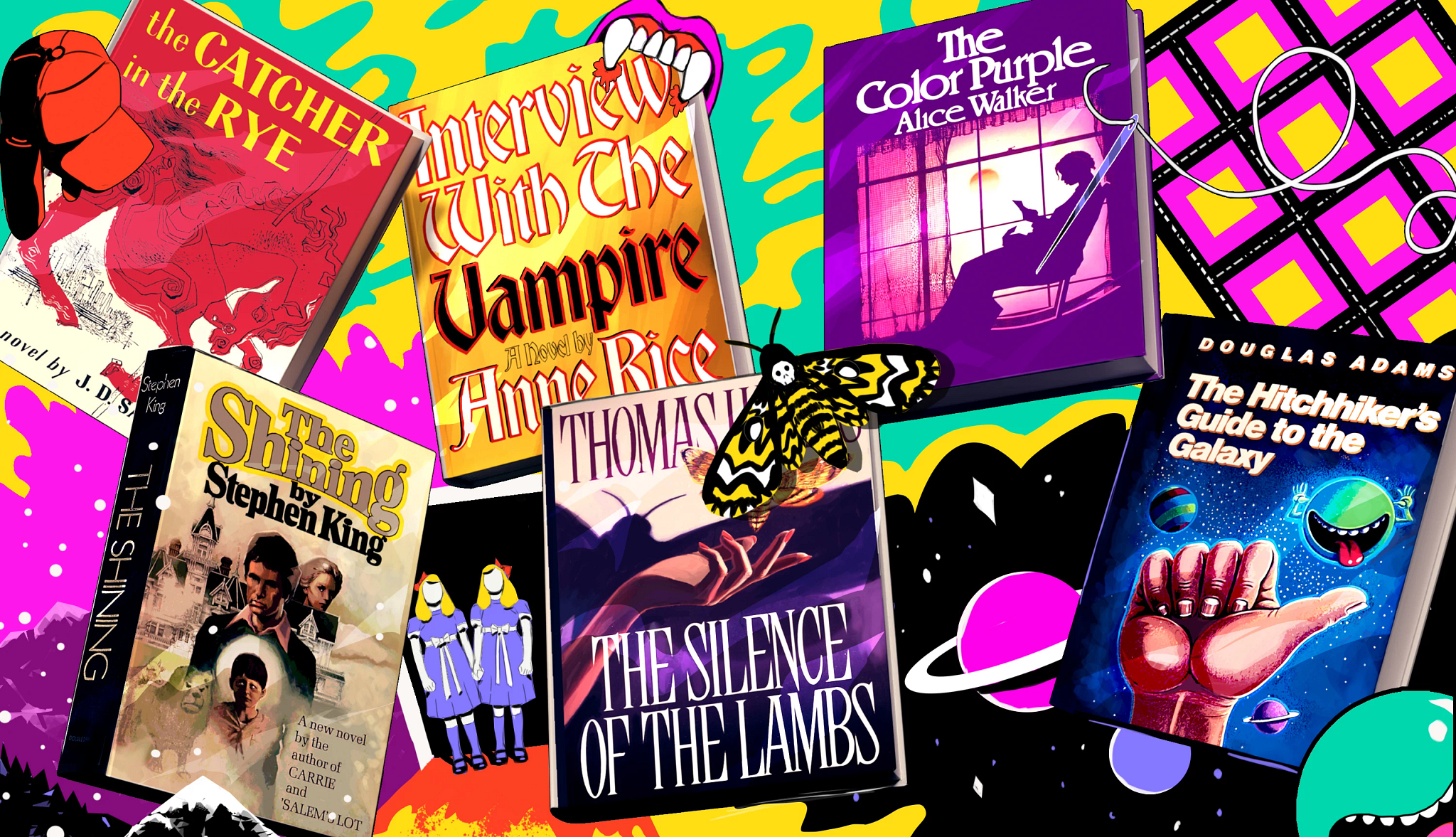
65. Diving Into the Wreck by Adrienne Rich (1973)
With a single verse in her iconic poem, Rich started to change the world:
“We are, I am, you are / by cowardice or courage / the one who find our wayback to this scene / carrying a knife, a camera / a book of myths in which / our names do not appear.”
64. Where the Sidewalk Ends by Shel Silverstein (1974)
Go into any Gen X home, snoop around a little bit and there it will be, the illustrious collection of children’s poetry and drawings by the incomparable Silverstein. Joyful, subversive and, above all else, tremendous fun, it was written for children, but still speaks to adults decades later.
63. Interview With the Vampire by Anne Rice (1976)
Rice couldn’t have known what her debut novel would start — the vampire industrial complex, essentially — but this book, written in the grief of her young daughter’s death, would alter the landscape of literature, television and film for the next four decades. When the history of vampire fiction is written, it will start with two names: Bram Stoker and Anne Rice.
62. The Woman Warrior by Maxine Hong Kingston (1976)
Blending memoir and Chinese folk tales, Kingston’s debut was like nothing else when it was first published, opening a door on both the first-generation Chinese American experience of the author as well as the lives of her mother and two aunts. A standard in women’s studies and literature courses in the ’80s and ’90s, The Woman Warrior is also a poetic examination of what it means to merely survive in a world that does not see you, much less understand you.
61. The Shining by Stephen King (1977)
Forget about a haunted house. How about an entire haunted resort hotel! A generation of kids on vacation slept with this book underneath a pile of pillows or towels or blankets, then woke up the next morning scared they’d find “REDRUM” scrawled on the mirror. If you had an older sibling who read King's book first, that was a real possibility.
60. The Sexual Outlaw by John Rechy (1977)
Rechy screams from the rooftops in this essential piece of gay literature. Subtitled A Documentary, it depicts a loose version of Rechy himself on a three-day sexual bender that is equal parts voyeuristic thrill ride and searing indictment of the oppression of homosexuals. Jumping from bars and BDSM romps to chapters on police corruption and the ills of a justice system aimed squarely against gay men, The Sexual Outlaw helped change laws.
59. The World According to Garp by John Irving (1978)
The book that pushed Irving into the kind of literary superstardom that eventually requires shirtless photos is also one of the novelist’s very best. Garp, the son of a feminist icon, lives a life possessed by wrestling, sex and fiction writing — which may sound familiar to fans of Irving’s — but the novel explores issues of gender and sexuality more deeply than most novels of its time. No wonder it remained on bestseller lists for years.
58. Kindred by Octavia Butler (1979)
A time-traveling Black woman writer finds herself transported back and forth to antebellum Maryland, with horrific results: She eventually loses an arm and discovers the shocking reality of a life enslaved. Butler’s Afrofuturism upended previous notions of science fiction and still reads as innovative today. Kindred paved the path for writers like Nalo Hopkinson, Tananarive Due and Natashia Deon.
57. The Choose Your Own Adventure series, concept created by Edward Packard (1979)
These ingenious novels were a true precursor to first-person video games (though they were written in second person), where a wrong turn can end with your character’s death. For a young person with a vivid imagination, Choose Your Own Adventure novels were an amazing gift to the mind, each presenting the perception of creative agency to the reader, so that you weren’t so much consuming the story as creating it along the way. This brand of storytelling would alter how Gen X would eventually create art for others.
56. Flowers in the Attic by V.C. Andrews (1979)
One of the worst books you’ll ever read, which is why it’s important to read it before you have any literary taste at all, Flowers was nevertheless as important to adolescents in the late ’70s and early ’80s as the work of Judy Blume. It was the kind of book you passed around at recess, trying to figure out just what on earth you were reading. And then maybe a few years later, say around the time you were 15, you read the whole thing, and it was so risible you couldn’t help but hand it off to your little sister or brother, restarting the cycle.
55. The Hitchhiker’s Guide to the Galaxy by Douglas Adams (1979)
For kids weaned on Star Wars and reruns of Star Trek and Lost in Space, Hitchhiker’s was the perfect novel to get you through those awkward years waiting for Return of the Jedi. It’s funny, irreverent, filled with quotable lines and so very British, which made being a fan feel like being part of a secret club. Adams’ humor and lack of self-seriousness can be seen in everything from the current iterations of Dr. Who to Guardians of the Galaxy to the novels of Neil Gaiman and beyond.
54. This Bridge Called My Back: Writings by Radical Women of Color, edited by Cherríe Moraga and Gloria Anzaldúa (1981)
An anthology of powerful women’s voices finally unfettered, This Bridge transformed feminist writing and serves as a landmark testimonial for women writers of color. Nothing is off-limits here — sexuality, race, politics all get equal weight — but it’s the individual voices that shattered the norms in the early ’80s and continue to do so today.
53. The Color Purple by Alice Walker (1982)
This amazing epistolary novel, which chronicles the life of Celie, a poor African American girl growing up in rural Georgia at the turn of the last century, won the Pulitzer Prize in 1983. It has rightfully earned a place in the American literary canon — as well as on most-banned-book lists — for its unflinching realism and dramatic examination of the post-Civil War South.































































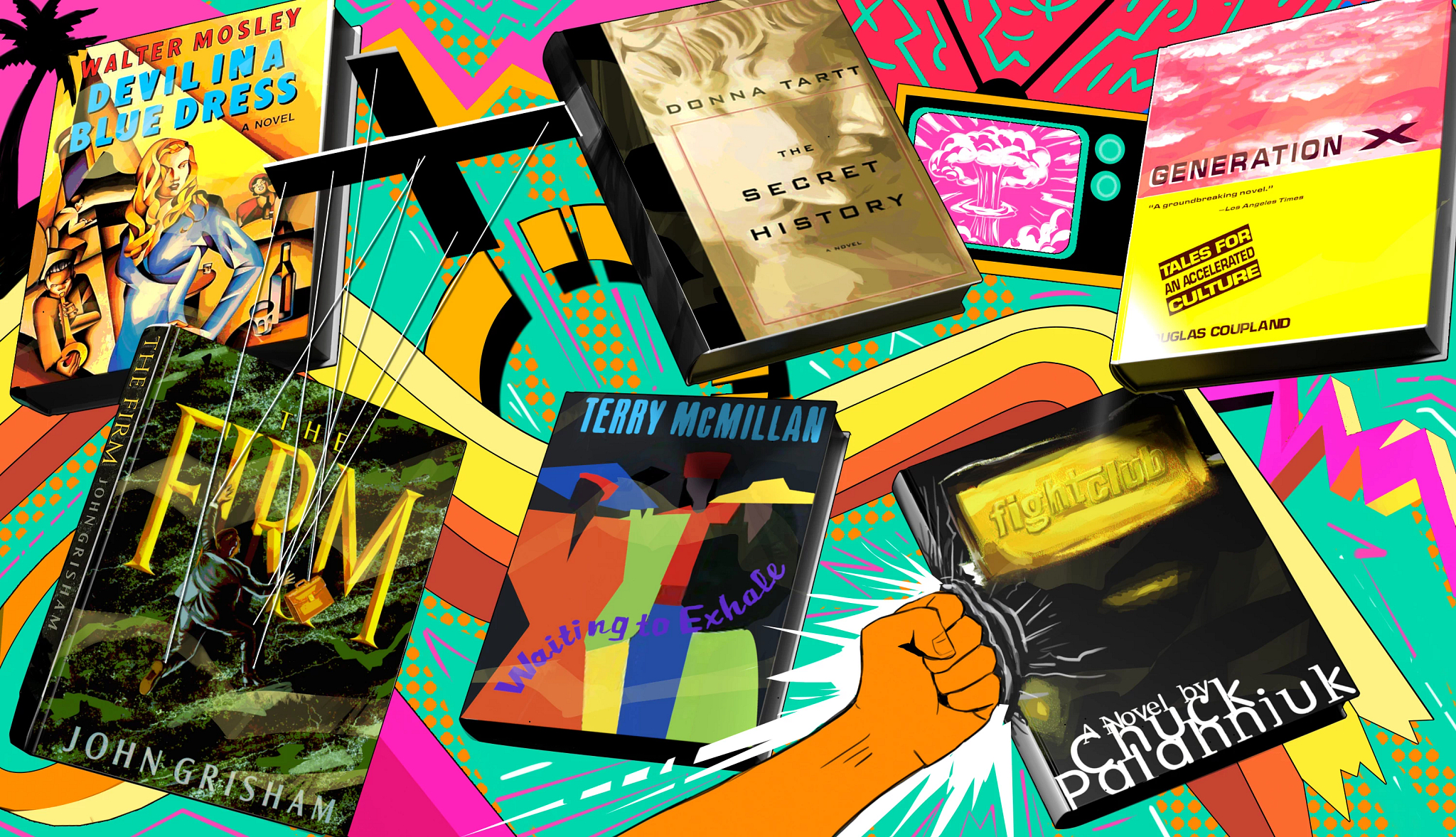
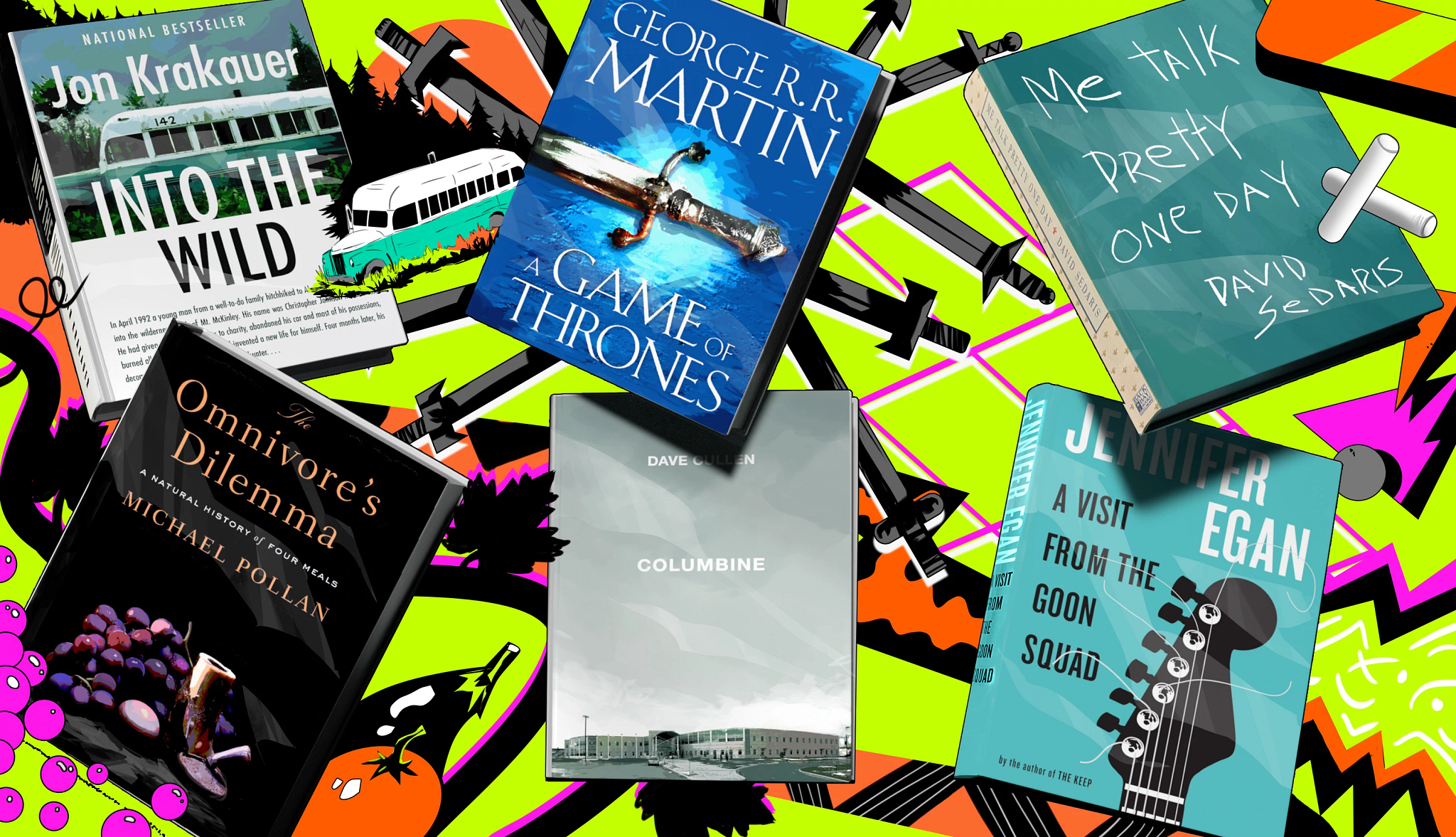


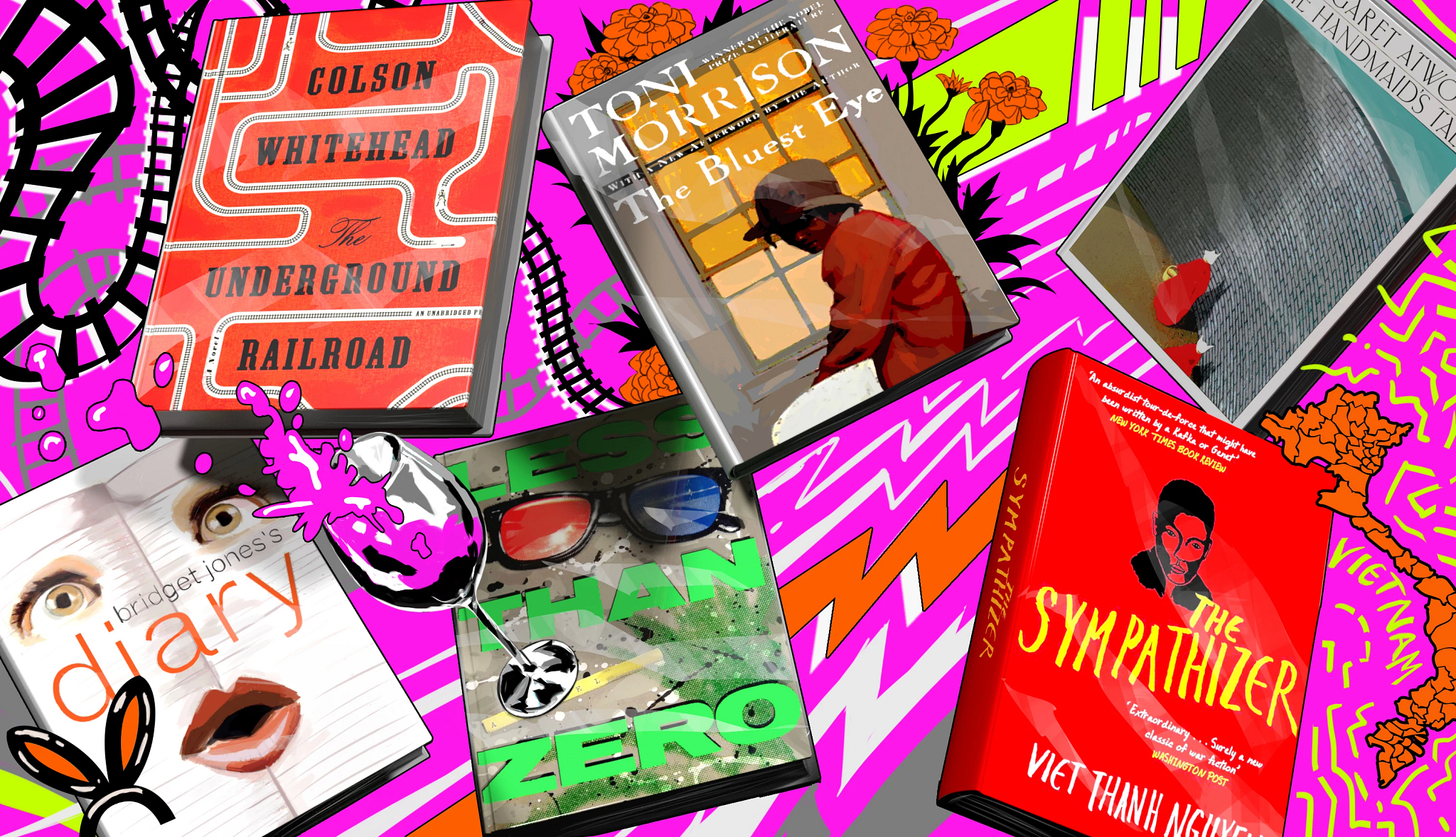


You Might Also Like
AARP’s Favorite 2025 Books (So Far)
AARP’s books editor shares her top 10 reads
Joyce Carol Oates, 87, on ‘Fox,’ Her New Novel
The incomparable author talks storytelling and why she’s not afraid of the dark
Q&A: From Corporate Consultant to U.S. Mailman
A conversation with an author who became a mailman after losing his job and being diagnosed with cancer